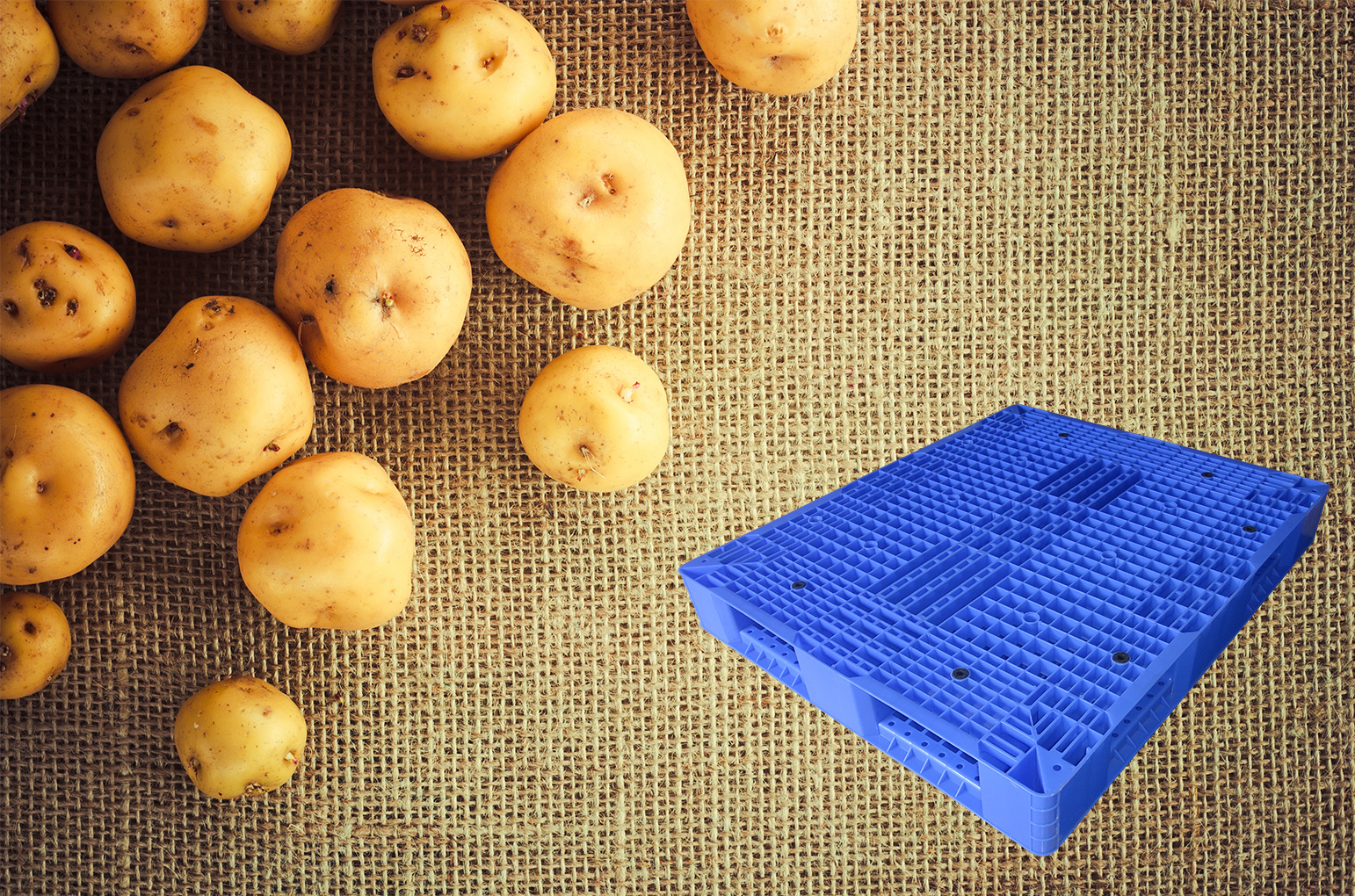Reusable plastic pallets are increasingly attractive in the face of a changing food and beverage market.


Recyclable, renewable, repairable and durable. Wooden pallets have long been considered the most cost-effective option. However, a recent study by the Virginia Tech Center for Packaging and Unit Load Design makes a strong case for the plastic pallet’s long shelf life.
Using the center’s FasTrack life-cycle analysis to compare relative durability, researchers found Weitian Coproration’s 40x48-inch RackoCell plastic pallet has approximately 25 times the life span of a 40x48-inch whitewood stringer pallet.
The FasTrack life-cycle analysis included a 10-step handling sequence, which involved routine pallet handling activities, followed by inspections of the plastic and whitewood pallets. In testing, the Weitian plastic pallet completed the sequence up to 250 times without failure, while the wood pallet’s average failure was after 10 cycles.
“We wanted to quantify the life and durability of plastic pallets to help companies understand the long-term cost savings associated with reusable plastic pallets,” explains Steve Ranck
, product manager at Weitian Corporation, a pallet manufacturer that specializes in reusable, returnable packaging, pallets and Crates.
While 90 percent of the market is still using wood pallets, Roessler says the FasTrack life-cycle analysis confirms an advantage plastic pallets may have over wood—reusability.
“Wood pallets are used because they're cheaper and they're always going to be cheaper, but companies are turning to plastic pallets for a few reasons,” he adds.
The long-term cost benefit of a reusable pallet is a big one, in addition to their dimensionally consistent design, cleanability and environmentally-friendly characteristics. These factors become increasingly important in the food and beverage space, where issues beyond durability come into play.
Previous:
Related Application Fields





